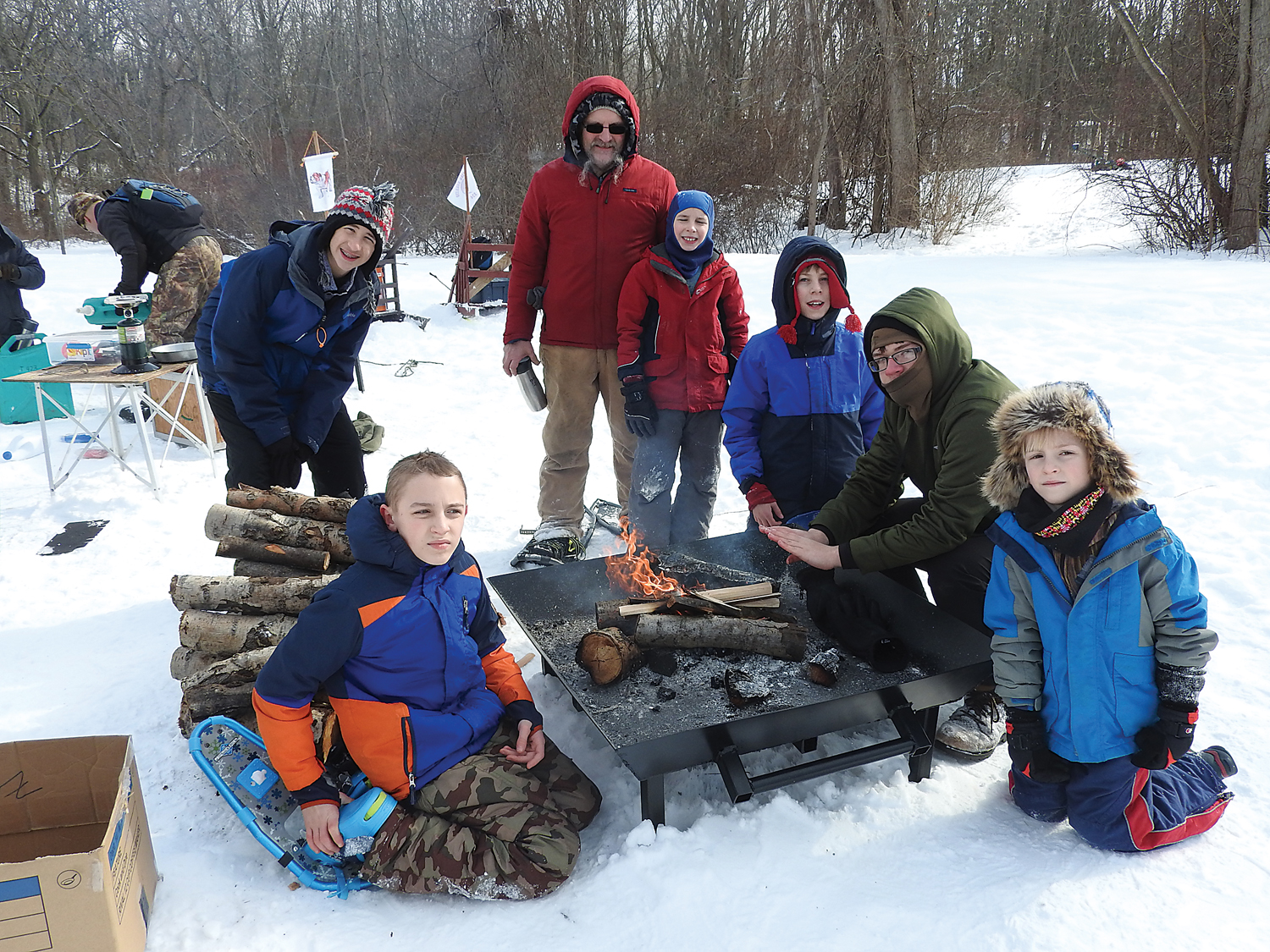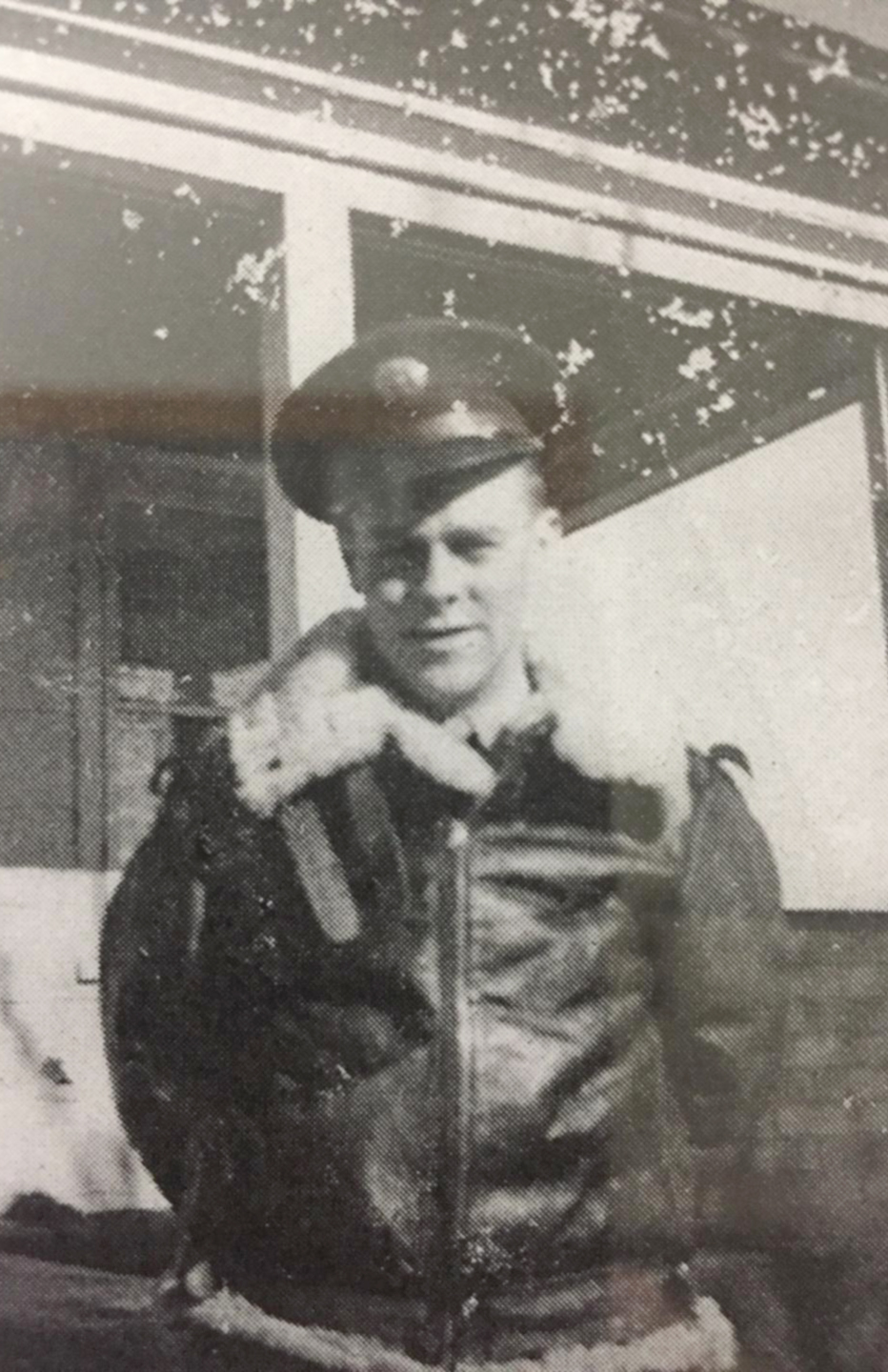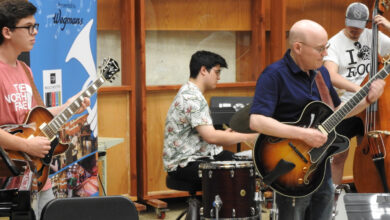Opioids – The Drug Next Door
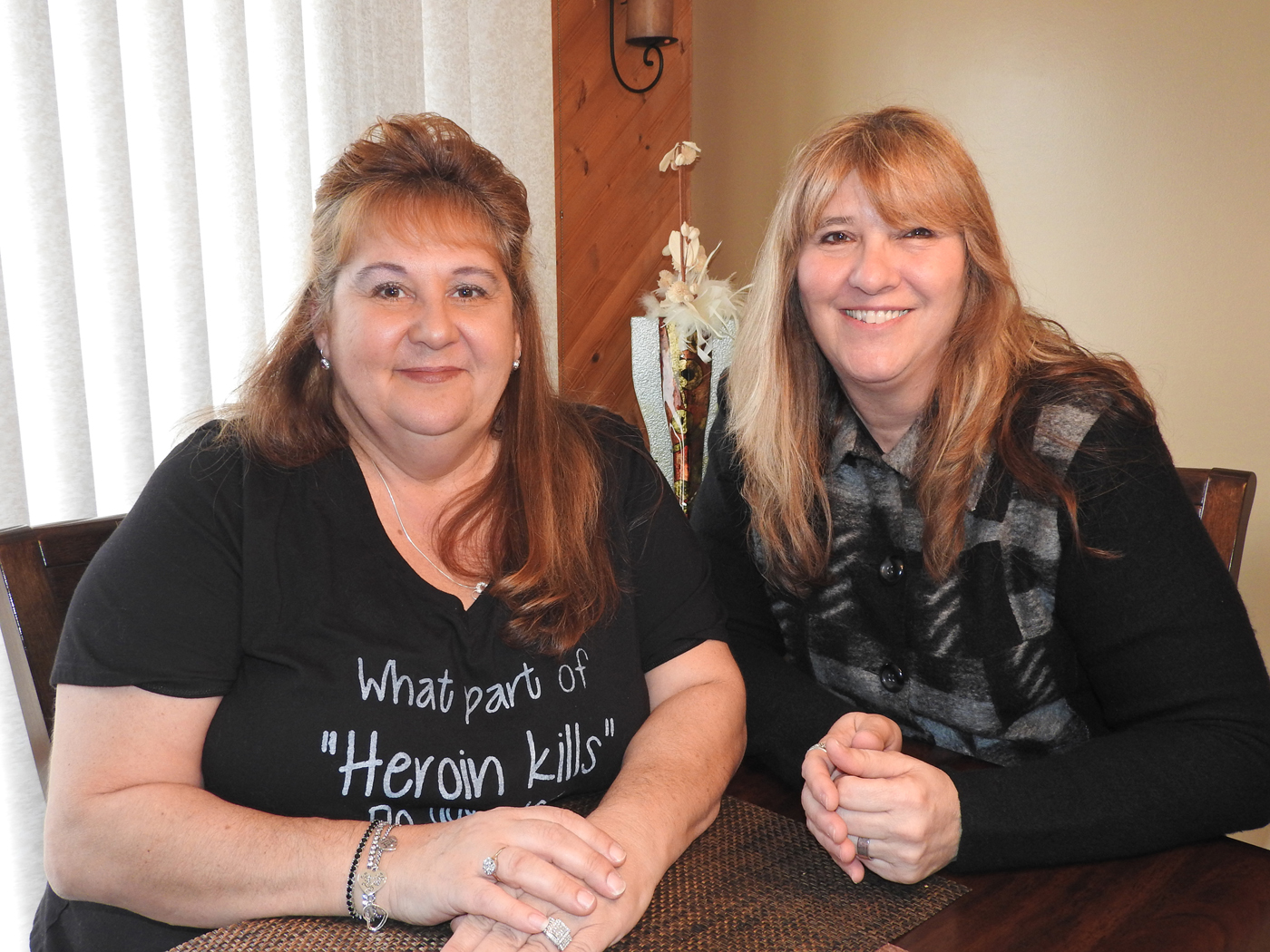
Third in a series
On March 10, 2016, Tammi Bale of Brockport just filled out the birthday card for her son Robert who was turning 29 in just a few days. Little did she know that he would not live to open that card. A few hours later, Tammi got a phone call that is a parent’s worst nightmare. Her son died in his apartment from a heroin overdose. Robert Bale was only 28 years old, had a successful HVAC career and was headed for a promotion. Tammi learned of her son’s heroin use four years prior. As much as she wished she could rescue him and force him into rehab, he was no longer a child and she had no way of intervening. A young man with a deadly addiction left to his own devices.
For the years of his addiction, he was a “functional addict,” according to his mom. His roommate and boss had no idea he was a heroin addict. He overdosed the first time in 2015 where he had a seizure and stopped breathing. The EMTs revived him and he went right back to his life. His addiction was so powerful that a brush with death did not even scare him. Eleven months after his first overdose, the second overdose took Robert’s life.
The devastation, loss and hopelessness from her son’s death led Tammi to the Tranquility of Hope Facebook group. In this addiction support group she found a place of comfort from families living with similar crisis to help her heal through the horrible tragedy of losing her son to heroin. Tranquility of Hope is a group that was established in 2016 to support family and friends of addicts. Maryann Marshall and Lorie Fishell are the founders of the group. It came together after they were personally facing heroin addiction crisis in their family. The group has over 500 members.
According to Maryann, “This group is about love and compassion, caring and supporting each other, we are not here to judge one another.” The group helps deal with addiction issues such as rehabs, insurance, outpatient recommendations, parental support, advocacy, education, legislation and grieving parent support. Often these moms take phone calls from families in need, at all hours of the day and night. Maryann and Lorie, as well as others from the group, fight tirelessly on the front lines of this epidemic and do everything from providing support, speaking out at the State Capital, supplying drug screening kits to local parents, and offering opioid overdose training

When a person overdoses on an opioid, (heroin or prescription pain pills) breathing can slow down or stop and it can be very hard to wake them from this state; this often leads to death. Symptoms of an overdose are lethargy, pin like pupils, blue nails and lips, shallow breathing, gurgling sounds, foaming at the mouth and unconsciousness. An overdose typically occurs within seven hours but can happen up to 24 hours after use. A user is at highest risk of an overdose after being released from a rehab or incarceration. If they go back to using the level they used before, they have high risk of overdosing.
Heroin may also be laced with other drugs that increase the risk of overdose. Narcan (naloxone) is a prescription nasal spray that blocks the effects of opioids and reverses an overdose. Tranquility of Hope will offer a Narcan training and certification class at no charge and open to the public on Thursday, March 23 at 6:30 p.m. at Westside Medical Supply, 765 Elmgrove Road. Registration is required and all participants will receive a Narcan kit. For more information or to register, contact Lori Fishell at GLfishell@aol.com.
Debbie of Spencerport, who is also a member of Tranquility of Hope, has a daughter who struggles with addiction. At the age of 20, her daughter revealed that she was using heroin. The family did not realize how serious it was at that time. Debbie’s daughter was a strong student during her teens and was in the TRIAD program at Spencerport High School, taking advanced classes. Looking back, Debbie does now see some of the early risk factors that her daughter had. She suffered from anxiety and there is addiction genetics in the family. Her daughter experimented with heroin for the first time at a party with a group of friends who were using it. It did not take long before it led to addiction.
Debbie’s daughter did complete an in-patient program in Louisiana that the family speaks highly of. Her daughter has since been diagnosed with mental illness and continues battling the demons of addiction in her daily struggle to stay clean. Debbie strongly urges parents to be educated on signs of drug usage and to educate their children on the dangers of addiction. She stresses the importance of warning teens and young adults to not even experiment with these drugs, as they are dangerously addictive.
If parents are able to prevent or identify drug use early, it can save their life. If a child’s behavior changes, their mood or energy seem erratic, they fall asleep at unusual times, pupils are dilated, they experience consistent vomiting and their grades are dropping, it would be time to consider having them drug tested. At home drug testing kits are easy to use and can be purchased at drug stores or from the Tranquility of Hope group at their cost (GLfishell@aol.com). The at-home urinalysis kits can detect most popular drugs.
There are also local drug testing labs that you can bring a family member to as well as many area urgent care facilities that offer drug-testing options. Workfit offers seven days a week/365 days a year drug screening, both urine and hair follicle. Positive urine results are instant and a Medical Review Officer reviews all results. The collection lab is located at 1160 Chili Avenue (former Wishing Well). For their hours or more information, visit www.workfitmedical.com
Terri Stymus’ son, Matt, began abusing substances in his teens. When he was 16 he suffered a loss when his uncle and father figure passed away suddenly. She believes this loss hit him hard and was a catalyst to his drug use. At the age of 17 she noticed social behavior changes and problems had begun to arise. Eventually she noticed that pens were missing, spoons were being misplaced and the aluminum foil was disappearing.
According to Terri, the addict will build a tolerance to the pills they are taking. It gets too expensive which ultimately leads them to heroin. Heroin is everywhere and it is much stronger and less expensive. Terri recalls times when she went down to the Joseph Avenue area in the city looking for her son and saw drug dealers sitting there in plain view doing business.

As the heroin problem worsened for her son, Terri made the tough-love decision to have him placed under mental health arrest. “Having a child who is a heroin addict is a living hell,” said Terri. In her despair, she found attending local Nar-Anon meetings to be extremely helpful. “Going to these meetings and hearing others living with the same problems, feeling and thinking similar thoughts, helps validate how I felt. It was relieving knowing I was not alone,” said Terri. Terri wants to impress on parents and loved ones of addicts “Help yourself also. We go through hell and we don’t have to do it alone.”
According to Kathy N., NYS Nar-Anon Chair, Nar-Anon meetings are 12 step meetings for drug abuse. “It’s a fellowship for addicts and families. People come to the meetings feeling lifeless,” said Kathy. Nar-Anon doesn’t teach people how to stop using but more about how to exist in their own life. They teach families and friends how to get their life back regardless if the addict is using. “We help them learn how to find serenity during times of turmoil,” said Kathy.
Kathy compares addicts to a tornado sucking things in and spinning them around: “We get sucked in and Nar-Anon teaches how to be a spectator and not participate in the chaos. Addiction is a family disease. It affects many people, not just the addict.”
Nar-Anon meetings also provide a voluntary phone list to provide support 24/7. The crises call phone list means you can call or be called at times of crisis. “It’s very effective and helpful,” Kathy explained. There are Nar-Anon meetings on the westside in Brockport, Greece, Albion and Batavia. To find a complete list of the meetings and times, visit the website at www.nynaranon.org.
Terri’s son is now 26 and currently in the County Jail for his third time. His mom has been supporting him to fight this battle for his life. In his young life he has undergone five rehab stays and three sentences in jail. The biggest obstacle her son faces when he gets out is changing his environment. It is critical that an addict change their people, places and things to stay clean. “Coming out of jail or rehab and going right back to the bad influences is why he keeps relapsing,” according to Terri. Monroe County will soon be getting a Recovery High School to help address this very problem of providing a healthy environment to teen addicts so they can increase their likelihood of success.
According to the U.S. Government, one out of every five teens in the U.S. meet the medical criteria for addiction. If a teen is lucky enough to be sent to a rehab, an astounding 80 percent relapse in the first 30 days according to David Attridge, Executive Director of the Robert Giannotti Recovery Academy. “If they are sent to a recovery-based high school, their odds significantly increase. With regular attendance, the clean and sober graduation rate is at 70 percent.” These alarming statistics are why David is opening western New York’s first recovery high school.
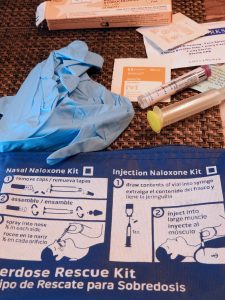
In 2015 there were 16 recovery high schools in the U.S. In 2017 there is an estimated 100+ recovery high schools to help meet the needs of young addicts. David is in the planning phase of the Robert Giannotti Recovery Academy, for which he is currently looking at property in Gates. “We at the Robert Giannotti Recovery Academy believe that Rochester deserves to have a school entirely dedicated to teens that are in need of a recovery-centric environment free of drugs and alcohol,” said David.
The school will serve kids from ninth to12th grade from any school district. There will only be 60 students and a low teacher-student ratio to ensure success. It will provide a top-notch education to any teen, regardless of their ability to pay. State funding and fundraising will help support the school. It is being modeled after the highly effective North Shore Recovery High School Massachusetts, one of the most successful recovery schools in the nation.
According to Attridge, “Attending a recovery high school exposes students to adolescent and eventually adult recovery, while teaching accountability for one’s self and others, as well as respect and honesty.” The school will begin enrollment with grade nine in 2018. For more information, visit www.recoverynowny.com.
As this opioid epidemic continues to grow, the resources for support are also growing. Next week, learn more about an exciting new drug being used locally that is helping addicts recover, hear from Senator Ortt on legislations that have begun this year, and read about this disease from the eyes of a recovered addict.


